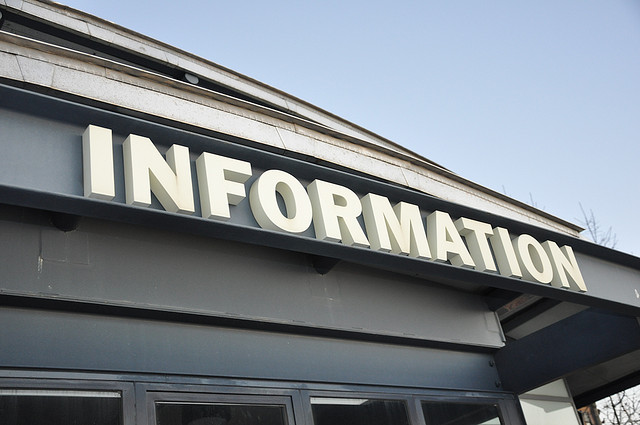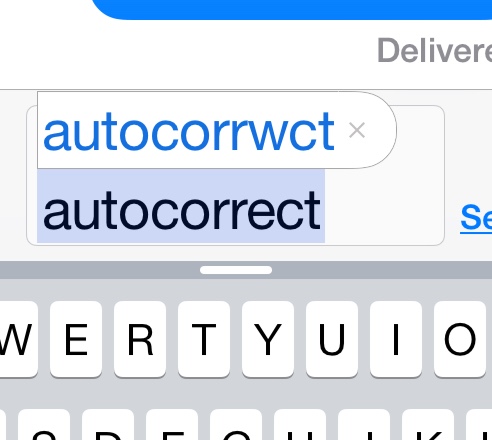When writing an essay on, say, recommended marketing strategies for a startup business, you might think that only business, financial, or other directly related knowledge will be helpful. But consider some other factors, other areas of knowledge that may be useful:
Philosophy:
What? Yes, philosophy. Every business has one. In short, it’s simply the way of thinking that translates to how a business decides to conduct itself. Its marketing, management, HR, and other components will necessarily adhere to a specific philosophy.
Computers:
In today’s world, some computer knowledge is almost indispensable. For example, in marketing a business, you’ll probably want a website. You might also want to invest in search engine optimization (SEO), so that your site will rank higher in search engine results. A shortcut to this would be to use Google AdWords or something similar.
Arts and Literature:
How can this possibly be business-related? If you are a wordsmith, your advertising and other copy will read better—this is true for websites, promotional materials, sales letters, etc.
Government-Related:
If you are up on tax law and other regulations, you’re ahead of the game. Many small business owners find such things out too late.
So, let’s consider how the above skills may help in writing about marketing strategies for a startup company…
A company’s philosophy should more or less follow a utilitarian approach. In other words, do whatever works. However, an organization would also do well to adhere to the Categorical Imperative, which, in effect, is more or less a restatement of the Golden Rule.
This is certainly more colorful and interesting than the average essay instructors read. If you show knowledge and make your writing interesting, you’re more likely to get a good grade—and get noticed for your knowledge and writing skills.
So, be “well-rounded” in your essay writing, where appropriate. Let your knowledge in many areas shine through. Your paper will likely be much richer and more readable than many of your peers.







